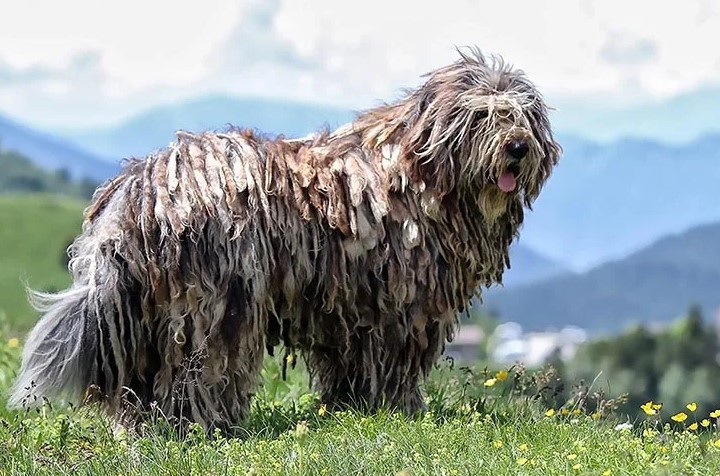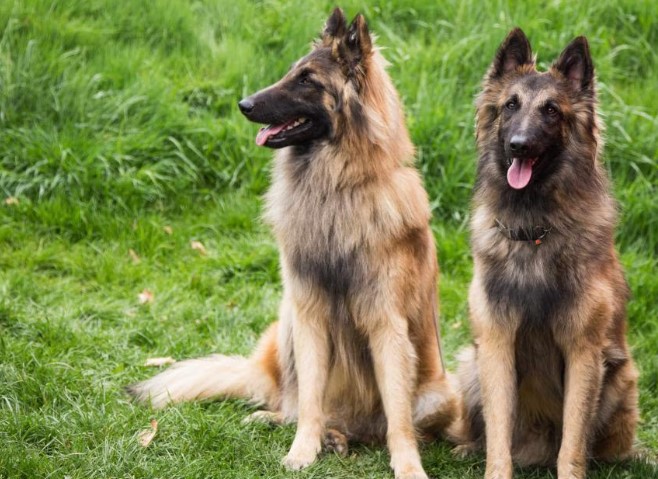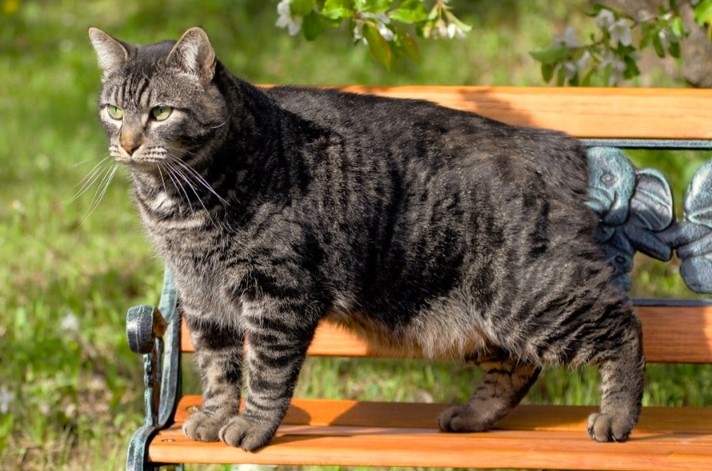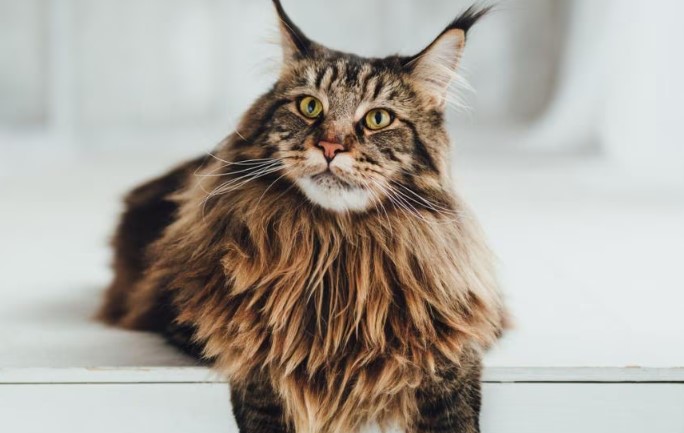
Introduction
Welcome to the captivating world of pet insects! These tiny creatures may not be your traditional choice for a pet, but they offer a unique and intriguing experience that can bring joy, wonder, and fascination into your life. In this article, we will explore the realm of pet insects, shedding light on their diverse species, care requirements, and the joys of having these miniature companions. So, let’s delve into the enchanting world of pet insects and discover the wonders they hold!
Pet Insect: A Perfect Miniature Companion
The Charismatic Charm of Pet Insects
Pet insects have gained popularity in recent years, captivating enthusiasts with their charismatic charm and fascinating behaviors. These miniature creatures possess a unique allure, providing a different perspective on the animal kingdom. With their intricate body structures and remarkable adaptations, pet insects offer an up-close look at the wonders of nature in a compact and manageable package.
Benefits of Owning a Pet Insect
- Educational Value: Pet insects serve as excellent educational tools, offering insights into entomology, biology, and ecology. They provide opportunities for learning about insect life cycles, behaviors, and natural habitats.
- Low Maintenance: Compared to conventional pets like dogs or cats, pet insects require minimal care. They do not require daily walks, extensive grooming, or frequent veterinary visits, making them suitable for individuals with busy lifestyles or limited living spaces.
- Affordability: Acquiring a pet insect is often more affordable than owning other pets. Their low-cost maintenance and minimal supply requirements make them a budget-friendly option for those seeking companionship without breaking the bank.
- Therapeutic Value: Interacting with pet insects can have a calming and therapeutic effect on individuals. Observing their behavior and engaging in their care can reduce stress and anxiety, promoting a sense of tranquility and connection with nature.
Pet Insect Species: A Kaleidoscope of Diversity
Exploring the Vast Array of Pet Insect Species
Pet insects encompass a diverse range of species, each with its own unique characteristics and care requirements. Let’s take a closer look at some popular pet insect species:
- Goliath Beetle (Pet Insect): With its impressive size and striking appearance, the Goliath Beetle is a favorite among insect enthusiasts. Native to Africa, these beetles showcase vibrant colors and intricate patterns, making them a captivating addition to any collection.
- Praying Mantis (Pet Insect): Praying mantises are renowned for their graceful movements and extraordinary hunting abilities. These fascinating insects have an almost mythical allure, captivating both children and adults alike.
- Madagascar Hissing Cockroach (Pet Insect): Despite its name, the Madagascar Hissing Cockroach is surprisingly docile and easy to handle. These cockroaches emit a characteristic hissing sound when threatened, adding to their intrigue.
- Stick Insects (Pet Insect): Stick insects, also known as walking sticks, are masters of disguise. Their slender bodies and leaf-like appearance make them virtually indistinguishable from their natural surroundings, creating a captivating visual spectacle.
Pet Insect Care: Providing a Nurturing Environment
Creating an Ideal Habitat for Your Pet Insect
Proper care is essential for ensuring the well-being of your pet insect. Providing an appropriate habitat will contribute to their overall health and happiness. Consider the following factors when setting up your pet insect’s enclosure:
- Size: Different species of pet insects require specific enclosure sizes. Research your insect’s needs and ensure the enclosure is spacious enough for them to move, molt, and exhibit natural behaviors comfortably.
- Substrate: Select an appropriate substrate based on your pet insect’s natural habitat. This can include materials like soil, sand, or specialized substrates designed for specific insect species.
- Temperature and Humidity: Maintain a suitable temperature and humidity range within the enclosure. This can be achieved through the use of heating devices, misting systems, or by placing a water source within the enclosure.
Feeding and Nutrition for Pet Insects
Proper nutrition is crucial for the health and vitality of your pet insect. Different species have varying dietary requirements, so it’s important to understand the specific needs of your insect companion. Here are some general guidelines to consider:
- Research: Conduct thorough research to identify the optimal diet for your pet insect. Some species may require a specific type of plant matter, while others might be carnivorous or omnivorous.
- Fresh Food: Provide fresh food to your pet insect regularly. Remove any uneaten food promptly to prevent spoilage and bacterial growth within the enclosure.
- Supplements: Some pet insects may require additional supplements, such as calcium or vitamins. Consult with a knowledgeable veterinarian or entomologist to ensure your insect receives a balanced and nutritious diet.
Frequently Asked Questions (FAQs)
FAQ 1: Can pet insects be kept together in the same enclosure?
No, it is generally not advisable to keep different species of pet insects together. Each insect species has its own unique requirements, and housing them together can lead to stress, aggression, or the spread of diseases.
FAQ 2: Do pet insects bite?
While some pet insects may have the capability to bite, the majority of them are harmless to humans. It’s important to research the specific species you are interested in and understand any potential risks associated with handling them.
FAQ 3: How long do pet insects typically live?
The lifespan of pet insects varies significantly depending on the species. Some insects may only live for a few months, while others can survive for several years. Research the lifespan of the species you intend to keep to ensure you are prepared for the long-term commitment.
FAQ 4: Can pet insects be handled?
Handling pet insects should be done with caution. While some insects, like the Madagascar Hissing Cockroach, are docile and easily handled, others may be more delicate or prone to stress. Always research the specific handling techniques for your chosen species and handle them gently to avoid injury.
FAQ 5: Are pet insects noisy?
Pet insects, in general, are not noisy. However, some species, like the Madagascar Hissing Cockroach, can produce audible sounds when threatened. These sounds are typically low and hissing in nature.
FAQ 6: Can pet insects escape from their enclosures?
Proper enclosure setup and maintenance are crucial to prevent escape. Ensure that the enclosure is secure and free from any openings or gaps. Regularly inspect the enclosure for signs of wear and tear to minimize the risk of escape.
Conclusion
Pet insects offer a captivating glimpse into the miniature world of nature. With their unique characteristics, diverse species, and minimal care requirements, they make for fascinating companions. From the enchanting Goliath Beetle to the mesmerizing Stick Insects, pet insects have the power to captivate and educate. By understanding their needs and providing a nurturing environment, you can embark on a thrilling journey into the realm of pet insects. So, consider inviting these tiny creatures into your life and embark on an extraordinary adventure!
Partner Site : E-Sport News, Health Injury, Medical Cannabis, Finance Hold, Online Education, Travels Around World, Pet Daily Nursing, Beauty Women, Physical Therapy, House Design Plan






